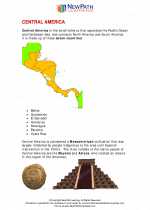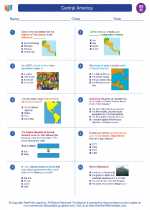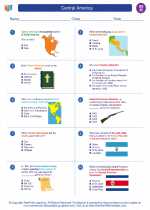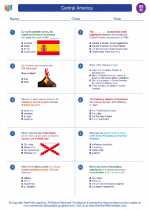Panama
Panama is a country located in Central America, bordered by Costa Rica to the west, Colombia to the southeast, the Caribbean Sea to the north, and the Pacific Ocean to the south. It is known for its famous canal, diverse wildlife, and rich history.
History
The history of Panama dates back to ancient times when it was inhabited by indigenous peoples such as the Kuna, Emberá, and Wounaan. In 1501, the Spanish explorer Rodrigo de Bastidas visited the isthmus and in 1513, Vasco Núñez de Balboa crossed the Isthmus of Panama and became the first European to see the Pacific Ocean.
The Panama Canal
The construction of the Panama Canal, a key conduit for international maritime trade, began in 1904 by the United States and was completed in 1914. The canal connects the Atlantic Ocean to the Pacific Ocean, providing a crucial shortcut for ships and has had a significant impact on global trade.
Geography and Biodiversity
Panama is characterized by its diverse geography, including tropical rainforests, mountains, and coastal plains. The country is home to a wide variety of plant and animal species, with over 10,000 different types of plants and 900 species of birds. Panama also boasts a rich marine life due to its extensive coastline.
Economy and Culture
Panama has a thriving economy, driven in part by the Panama Canal, banking, and tourism. The country's culture is influenced by indigenous traditions, Spanish colonial heritage, and Afro-Caribbean customs. Traditional music and dance, such as the tamborito, are an integral part of Panama's cultural identity.
Study Guide Questions
- What is the significance of the Panama Canal in global trade?
- Describe the geography and biodiversity of Panama.
- How has Panama's history been shaped by indigenous peoples and colonial influences?
- What are some key aspects of Panama's economy and culture?
[Panama] Related Worksheets and Study Guides:
.◂Social Studies Worksheets and Study Guides Eighth Grade. Central America

 Worksheet/Answer key
Worksheet/Answer key
 Worksheet/Answer key
Worksheet/Answer key
 Worksheet/Answer key
Worksheet/Answer key
